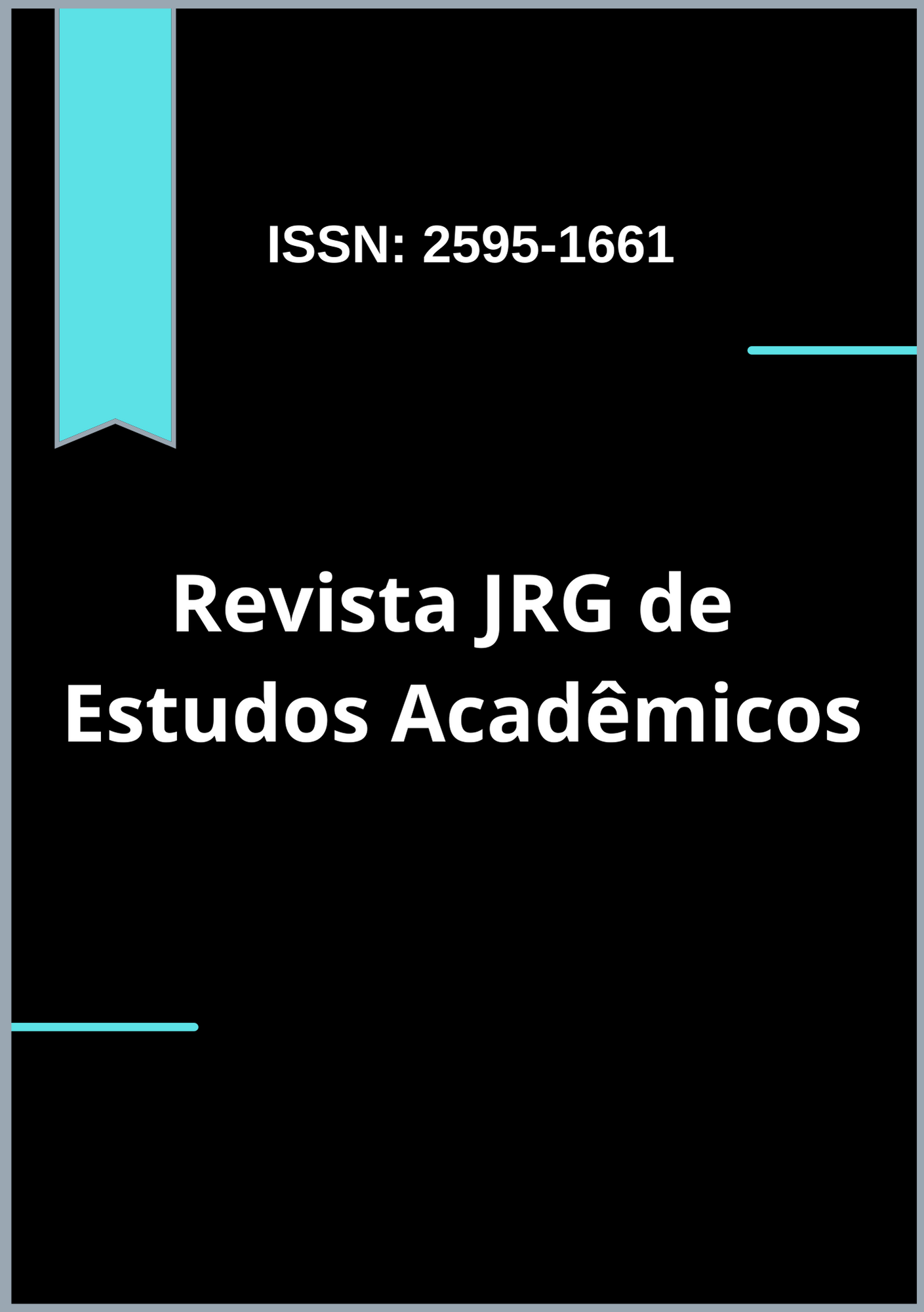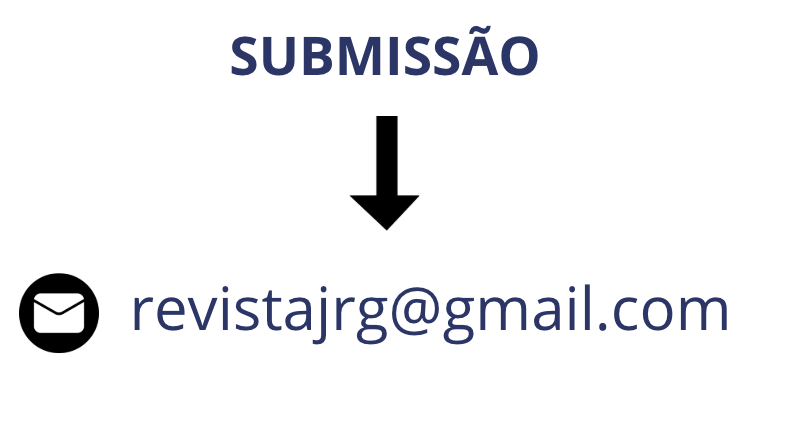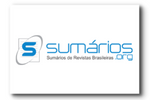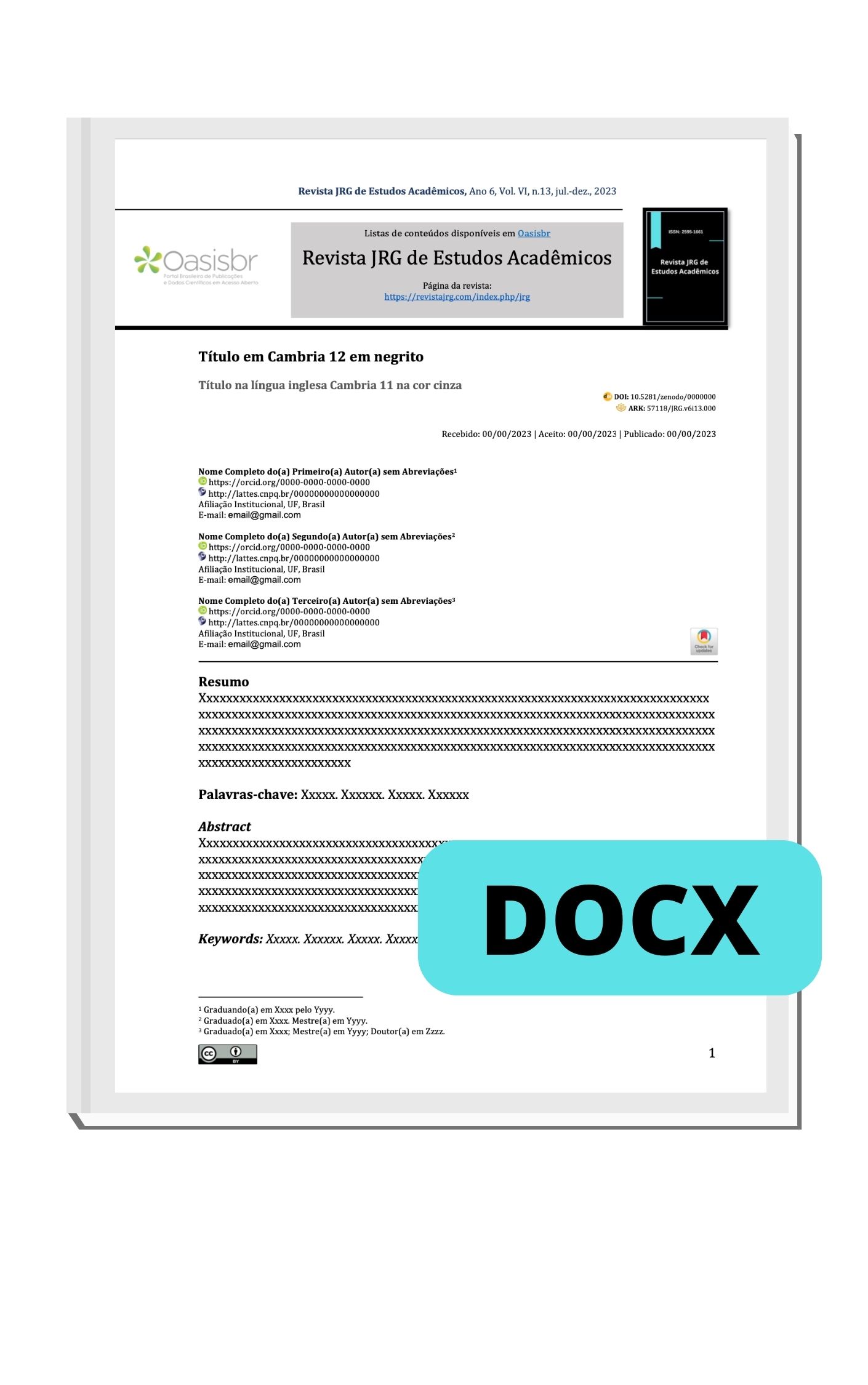Brain mapping in humans, from different areas of action, using the electroencephalography technique in disgusting situations
DOI:
https://doi.org/10.55892/jrg.v6i13.719Keywords:
Brain Mapping, Electroencephalography, Cerebral Cortex, Cognition, EmotionsAbstract
Brain mapping in humans through the electroencephalogram (EEG) is a record of the electrical activity generated in the cerebral cortex, where the primary emotion Disgust is built. There are still no reports of studies that worked on this emotion with professional categories in parallel with the electroencephalography technique. Thus, the objective of this study was to compare the topographic brain mapping in situations of disgust among individuals in the exact sciences, humanities and health. Quantitative, observational and cross-sectional study, data collection was carried out in the neuroscience laboratory of the State University of Health Sciences of Alagoas. Graduated professionals with more than two years of experience were included in this research, a sample of 45 individuals, 15 from each area (health, humanities and exact sciences). A form with personal information was used and an EEG examination was performed, simultaneously with the presentation of disgust images. The analysis of the data obtained during the demonstration of the image related to animal disgust showed an increase in the power of the gamma rhythm in the AD, PE and PD regions in individuals in the health area, and also an increase in the gamma rhythm in the AD region in individuals in the area exact. In the presentation of the images of disgust due to contamination, an increase in the power of the gamma rhythm was observed in the AD and PD regions in individuals from the health area, an increase in the power of the gamma rhythm in the areas AE and AD in individuals from exact sciences, and an increase in the power of the gamma rhythm in the PD region in human subjects. In the presentation of the basic disgust images, an increase in the power of the gamma rhythm in the AE area was observed in individuals in exact sciences, and an increase in the power of the gamma rhythm in the AE area in individuals in the humanities area. Our study demonstrated that the cerebral cortex is activated differently in relation to different types of disgust and as a function of professional experience.
Downloads
References
Aydin, S., Kaya, T., & Guler, H. (2016). Wavelet-based study of valence–arousal model of emotions on EEG signals with LabVIEW. Brain Informatics, 3(2), 109–117. https://doi.org/10.1007/s40708-016-0031-9
Bradley, M. M., Sabatinelli, D., Lang, P. J., Fitzsimmons, J. R., King, W., & Desai, P. (2003). Activation of the visual cortex in motivated attention. Behavioral Neuroscience, 117(2), 369–380. https://doi.org/10.1037/0735-7044.117.2.369
Braga NIO. A importância do mapeamento topográfico em neurologia. In: Nitrini R, Machado LR. Condutas em neurologia 1993. São Paulo: Clínica Neurológica HC/FMUSP, 1993, p.9-14.
Brust, J. C. M. (2000). A prática da neurocirurgia. R E A.
Fouarge, D., Kriechel, B., Dohmen, T. (2014). Occupational sorting of school graduates: therole ofeconomic preferences.Journal ofEconomic Behavior& Organization.106, 335-351.
Hamdan, A. C., & Pereira, A. P. D. A. (2009). Avaliação neuropsicológica das funções executivas: Considerações metodológicas. Psicologia: Reflexão e Crítica, 22(3), 386–393. https://doi.org/10.1590/S0102-79722009000300009
Harmon‐Jones, E. (2003). Clarifying the emotive functions of asymmetrical frontal cortical activity. Psychophysiology, 40(6), 838–848. https://doi.org/10.1111/1469-8986.00121
Heller, W. (1993). Neuropsychological mechanisms of individual differences in emotion, personality, and arousal. Neuropsychology, 7(4), 476–489. https://doi.org/10.1037/0894-4105.7.4.476
Ihara, M. (2003). Diverse actions of neonicotinoids on chicken α7, α4β2 and Drosophila–chicken SADβ2 and ALSβ2 hybrid nicotinic acetylcholine receptors expressed in Xenopus laevis oocytes. Neuropharmacology, 45(1), 133–144. https://doi.org/10.1016/S0028-3908(03)00134-5
Lanotte, M., Lopiano, L., Torre, E., Bergamasco, B., Colloca, L., & Benedetti, F. (2005). Expectation enhances autonomic responses to stimulation of the human subthalamic limbic region. Brain, Behavior, and Immunity, 19(6), 500–509. https://doi.org/10.1016/j.bbi.2005.06.004
Garcia Molina, G. N. (2005). Direct brain-computer communication through scalp recorded EEG signals. https://doi.org/10.5075/EPFL-THESIS-3019
Morillon, B., Liegeois-Chauvel, C., Arnal, L., Bénar, C., & Giraud, A.-L. (2012). Asymmetric function of theta and gamma activity in syllable processing: An intra-cortical study. Frontiers in Psychology, 3. https://www.frontiersin.org/articles/10.3389/fpsyg.2012.00248
Olatunji, B. O., Williams, N. L., Tolin, D. F., Abramowitz, J. S., Sawchuk, C. N., Lohr, J. M., & Elwood, L. S. (2007). The Disgust Scale: Item analysis, factor structure, and suggestions for refinement. Psychological Assessment, 19(3), 281–297. https://doi.org/10.1037/1040-3590.19.3.281
Oliveira, A. M. H. C. (2001). Occupational gender segregation and effects on wages inBrazil. In: GENERAL POPULATION CONFERENCE, Salvador. Anais. Salvador: IUSSP.
Prada, M., Fonseca, R., Garcia-Marques, T., Fernandes, A. Se correr o bicho pega. (2014). Normas de avaliação de imagens de animais negativos. Revista Laboratório de Psicologia. 12(1), 41-56.
Silva, A. A. S, Trindade-Filho, E. M. (2015). Diferenças no processamento cerebral, atravésdo ritmo gama, durante opensamento divergente. Rev Neurocienc,23(4), 589-594.
Sarlo, M. et al. (2005). Changes in EEG alpha power to different disgust elicitors: The
specificity of mutilations", Neuroscience Letters, 382(3) 291-296.
Willems, R. M., Oostenveld, R., & Hagoort, P. (2008). Early decreases in alpha and gamma band power distinguish linguistic from visual information during spoken sentence comprehension. Brain Research, 1219, 78–90. https://doi.org/10.1016/j.brainres.2008.04.065
Woody, S. R & Teachman, B.A. (2013). Intersection of disgustand fear: normative and pathological views. Psychology. 7(6), 526-534.











































